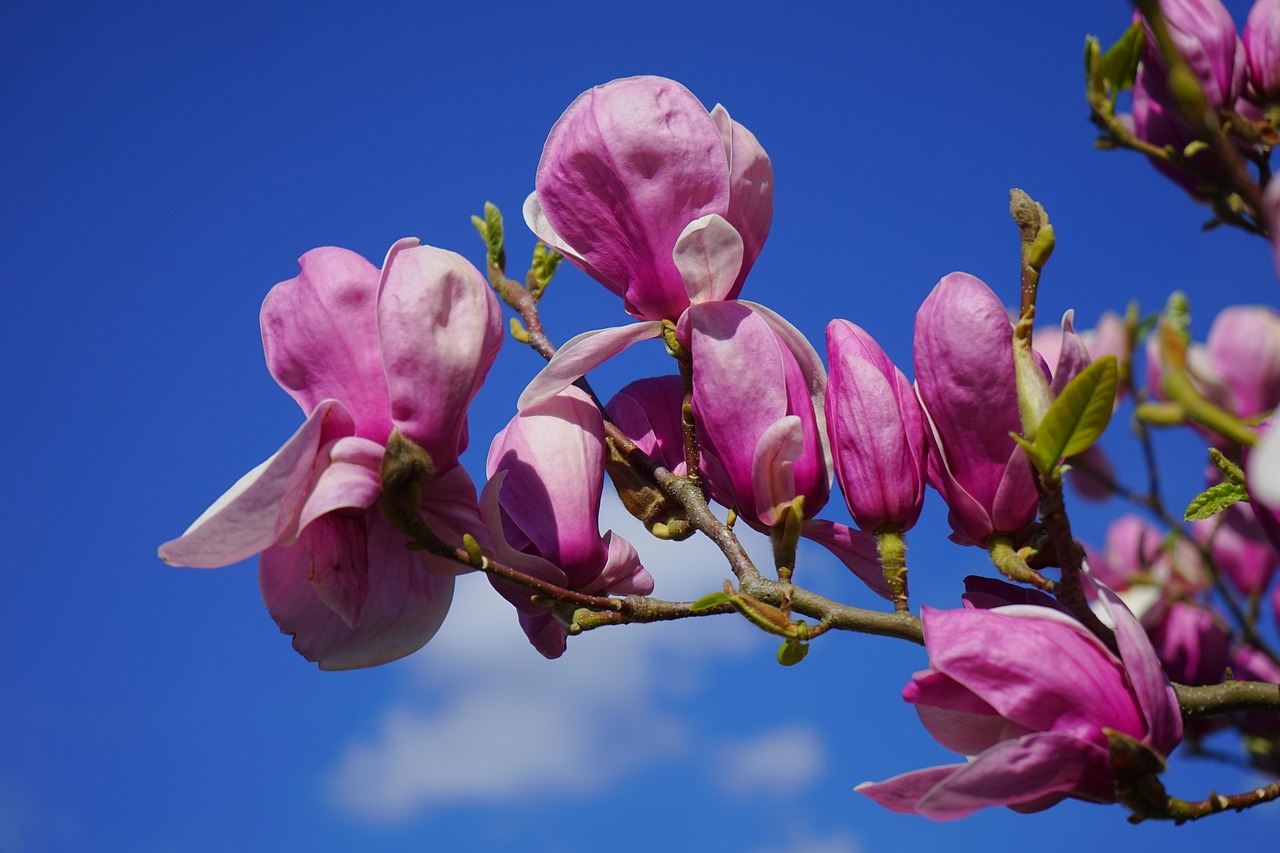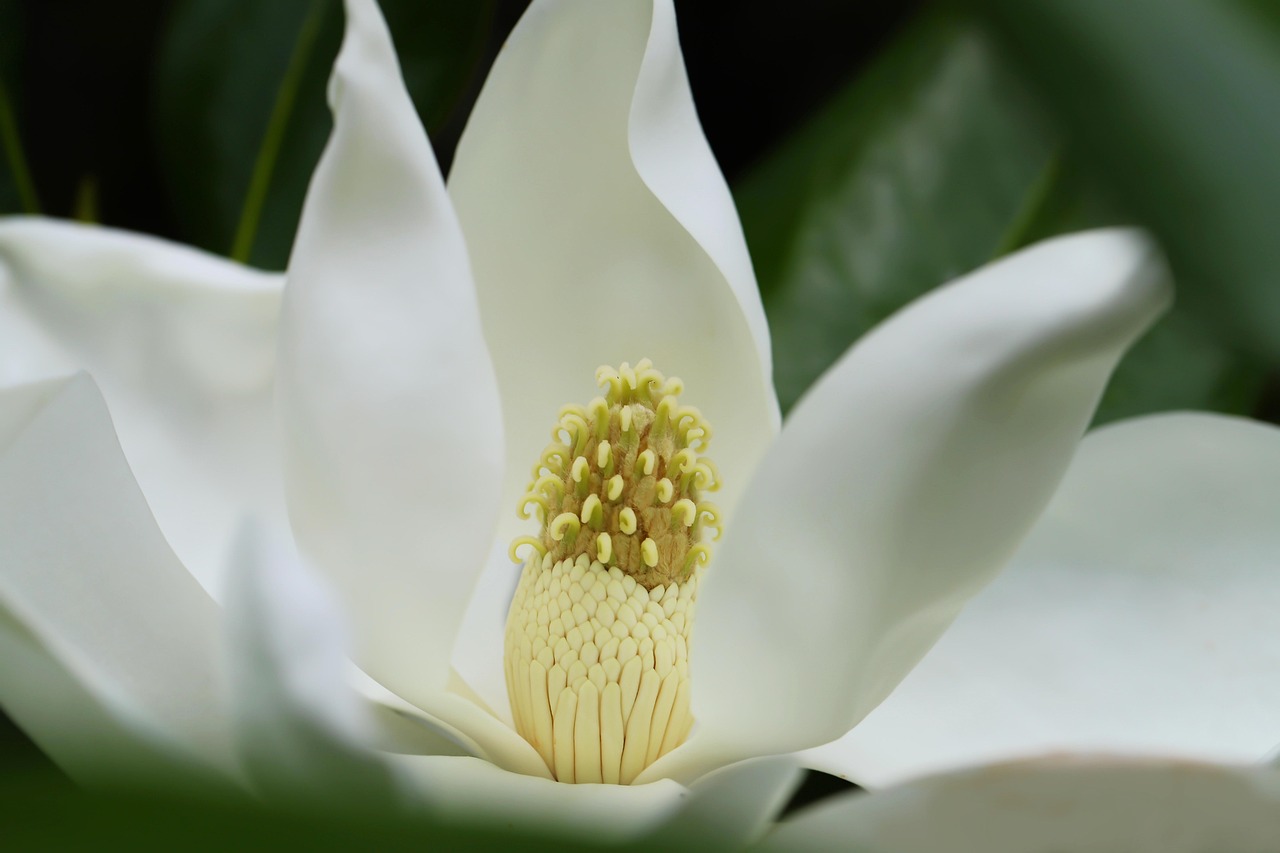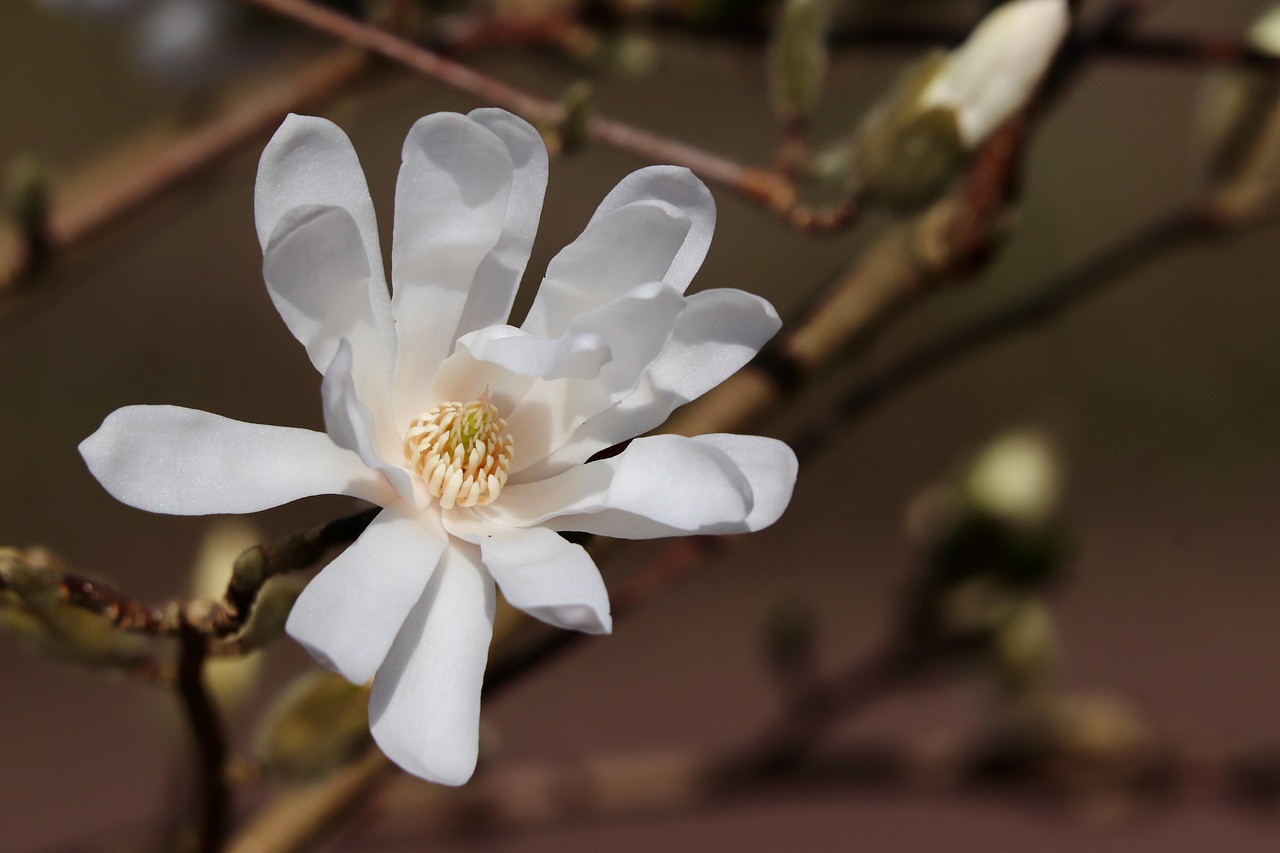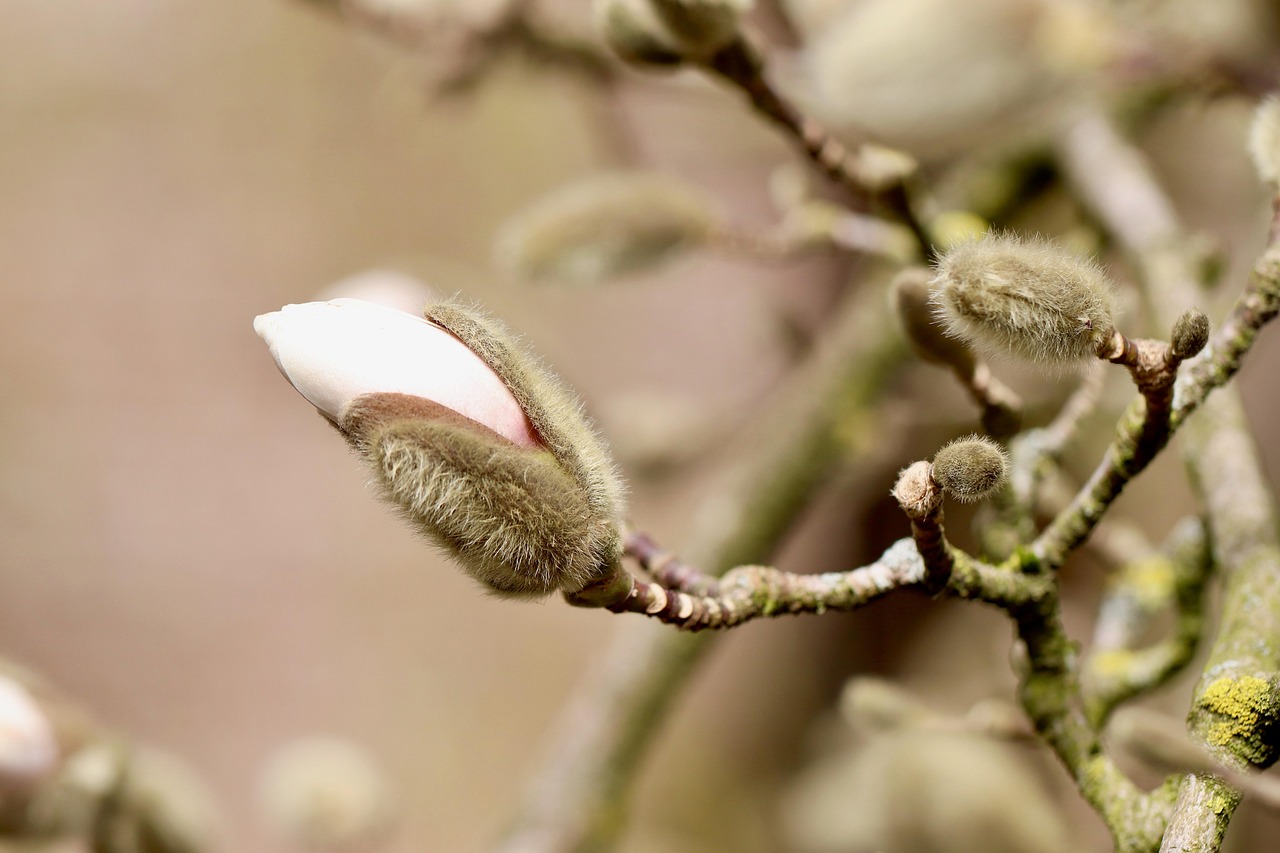Yes, magnolia trees can grow in Ohio, particularly the Southern Magnolia and the Star Magnolia. However, successful planting requires understanding local climate conditions, soil types, and proper care techniques to ensure healthy growth.
Magnolia trees are renowned for their stunning flowers and fragrant blooms. These trees can add beauty and elegance to any landscape. Originating from the southern regions of the United States, some varieties have adapted well to cooler climates. In Ohio, with its diverse weather patterns, choosing the right variety is crucial for success.
Ohio features a range of hardiness zones, primarily between 5a and 6b. This means that potential growers need to select magnolia varieties that can withstand the colder temperatures typical of these zones. Understanding the specific needs of each type of magnolia will enhance the chances of successful growth.
Types of Magnolia Trees Suitable for Ohio

Several magnolia varieties can thrive in Ohio’s climate. Here are some of the most suitable types:
- Southern Magnolia (Magnolia grandiflora): This variety is known for its large, glossy leaves and big white flowers. It prefers warmer temperatures but can survive in southern Ohio where winters are milder.
- Star Magnolia (Magnolia stellata): A smaller tree that produces star-shaped flowers in early spring. It is hardy and can tolerate colder weather, making it a good option for northern parts of Ohio.
- Saucer Magnolia (Magnolia x soulangeana): This hybrid is popular for its beautiful pink and white flowers. It does well in well-drained soils and can adapt to various conditions in Ohio.
- Cucumber Tree (Magnolia acuminata): Known for its yellow-green flowers, this tree can grow taller than other varieties and is quite hardy, suitable for a range of Ohio’s climate.
Ideal Growing Conditions
To successfully grow magnolia trees in Ohio, it is essential to provide them with the right conditions. Here are some factors to consider:
Soil Requirements
Magnolias prefer well-drained, fertile soils rich in organic matter. Sandy loam or loamy soil types are ideal. Heavy clay soils should be avoided unless amended to improve drainage. Here are some tips for soil preparation:
- Test soil pH: Magnolias thrive in slightly acidic to neutral pH levels (around 5.5 to 7.0).
- Add organic compost: Mix in compost to improve soil fertility and drainage.
- Avoid compacted areas: Ensure the planting site has loose soil for root expansion.
Sunlight Requirements
Most magnolias thrive in full sun conditions, which means they need at least six hours of direct sunlight each day. However, some varieties, like the Star Magnolia, can tolerate partial shade. When selecting a planting location, consider the following:
- Avoid planting near tall structures or trees that may cast shadows.
- Choose open areas that receive plenty of sunlight throughout the day.
- Monitor for any potential obstructions as the tree grows.
Watering Needs
Proper watering is vital during the establishment phase. Newly planted magnolias require consistent moisture but should not be overwatered. Here are some watering tips:
- Water deeply once a week during dry spells.
- Use mulch around the base to retain moisture and regulate soil temperature.
- Avoid soggy soil conditions which can lead to root rot.
Pest and Disease Management
Like any other tree, magnolias can be susceptible to pests and diseases. Regular monitoring is crucial to catch any issues early. Common concerns include:
- Aphids: These small insects can cause leaf curling and damage. Regularly inspect leaves and treat with insecticidal soap if necessary.
- Cankers: Fungal infections that can affect tree health. Prune affected branches promptly.
- Scale: This pest can usually be controlled with horticultural oil.
By understanding these aspects of magnolia tree care, Ohio residents can successfully add these beautiful trees to their landscapes. Proper selection of variety, preparation of soil, and ongoing maintenance will contribute to a thriving magnolia tree that enhances any garden or yard.
Planting Magnolia Trees in Ohio
Planting magnolia trees requires careful planning and execution to ensure their successful growth. Whether you are a novice gardener or an experienced horticulturist, understanding the right techniques for planting will set the foundation for a thriving tree.
Best Time to Plant
The timing of planting is crucial for magnolia trees. The best time to plant them in Ohio is during the spring or early fall. This allows the tree to establish its roots before the heat of summer or the cold of winter sets in. Here are some considerations regarding timing:
- Spring Planting: Aim to plant after the last frost date in your area, typically in late April or early May.
- Fall Planting: Plant at least six weeks before the first expected frost, usually by mid-September.
Choosing a Planting Location
Selecting an appropriate location is essential for the long-term health of your magnolia tree. Consider the following factors when choosing a site:
- Space: Ensure there is enough space for the tree to grow to its mature height and width.
- Soil Drainage: Confirm that the area has good drainage to prevent water buildup around the roots.
- Proximity to Structures: Keep the tree away from buildings, fences, and other structures to avoid future conflicts with roots or branches.
Steps for Planting Magnolia Trees
Once you have selected the right time and location, follow these steps for planting your magnolia tree:
- Preparing the Site: Clear the area of grass, weeds, and debris. Dig a hole that is twice as wide as the root ball and slightly shallower than its height.
- Soil Amendments: Mix the excavated soil with compost or well-rotted manure to enhance fertility and drainage.
- Positioning the Tree: Place the tree in the center of the hole. Ensure that the top of the root ball is level with or slightly above ground level.
- Backfilling: Fill in around the root ball with the amended soil, gently tamping it down to eliminate air pockets.
- Watering: Water thoroughly immediately after planting to help settle the soil around the roots.
- Mulching: Apply a 2-3 inch layer of mulch around the base of the tree, keeping it a few inches away from the trunk to prevent rot.
Caring for Newly Planted Magnolias
Caring for a newly planted magnolia tree involves monitoring its health and providing appropriate care during its establishment phase. Here are some key care tips:
Watering Schedule
A consistent watering schedule is vital during the first few years after planting. Follow these guidelines:
- Water once a week during dry spells, ensuring deep penetration into the soil.
- Adjust frequency based on rainfall. Always check soil moisture before watering.
- Avoid watering in the late afternoon or evening to minimize disease risk.
Fertilization
Fertilizing your magnolia tree can support healthy growth. Here’s how to do it properly:
- Initial Fertilization: Avoid fertilizing immediately after planting. Wait until new growth appears in spring.
- Type of Fertilizer: Use a balanced, slow-release fertilizer with equal parts nitrogen, phosphorus, and potassium (NPK).
- Application: Follow package instructions for application rates and timing, typically once in spring and once in late summer.
Pruning Magnolias
Pruning is necessary to maintain the shape and health of magnolia trees. However, it should be done carefully to avoid damage. Here are some tips on pruning:
- Timing: Prune in late winter or early spring before new growth begins.
- Remove Dead or Damaged Wood: Cut back any dead or damaged branches to promote healthy growth.
- Shape the Tree: Lightly shape the canopy by removing crossing branches or those growing inward.
Avoid heavy pruning, as magnolias can be sensitive and may take longer to recover. Proper care during this formative period will lead to a strong, healthy tree that enhances your garden for years to come.
2>Common Challenges When Growing Magnolias in Ohio While magnolia trees can thrive in Ohio, they are not without their challenges. Understanding these potential issues can help you prevent problems and maintain a healthy tree. The following sections discuss some of the common challenges faced by magnolia growers in Ohio. Ohio’s weather can vary significantly throughout the year, presenting challenges for magnolia trees. Here are some weather-related concerns: Pests can pose a significant threat to magnolia trees. Identifying and managing these pests promptly is key to maintaining tree health. Common pests include: M agnolia trees go through several distinct growth stages, each requiring specific care and attention. Here’s an overview of these stages: During the first few years, magnolia trees focus on establishing their root systems. Key care practices include: As the tree matures, it begins to develop its shape and structure. Care during this stage involves: Once established, magnolias will enter their mature stage, focusing on flowering and expanding their canopy. Key considerations include: Soil testing is a valuable tool for successful magnolia cultivation. Understanding your soil’s composition and pH can guide your planting and care decisions. Here’s how to get started with soil testing: You can either send a sample to a local extension service or use a home testing kit. Follow these steps: Once you receive your results, pay attention to the following factors: This knowledge allows you to make informed decisions about soil amendments, fertilizers, and overall tree care, ensuring that your magnolia trees thrive in Ohio’s diverse climate conditions. Companion planting can be a beneficial practice for magnolia trees, promoting healthy growth and minimizing pest problems. Choosing the right plants to grow alongside your magnolias can create a more vibrant and productive garden. Here are some suitable companions for magnolia trees: When selecting companion plants, ensure they have compatible light and water requirements. This synergy can lead to a thriving ecosystem around your magnolia trees. Using m ulch around magnolia trees provides numerous benefits that enhance their growth and health. Here are some key advantages of mulching: Apply a 2-3 inch layer of mulch around the base of the tree, ensuring it is not piled against the trunk to prevent rot. The blooming period of magnolia trees varies by species and local climate conditions. Here’s a general timeline for when to expect flowers: The exact bloom time can be influenced by local weather patterns, so keep an eye on the forecast as spring approaches. Protecting early buds from late frosts can enhance flowering success. While planting and caring for magnolia trees is rewarding, certain common mistakes can hinder their growth. Here are some pitfalls to avoid: Growing magnolia trees in Ohio can be an enriching experience that enhances your landscape with beauty and fragrance. By selecting appropriate varieties, understanding their specific care needs, and avoiding common pitfalls, you can ensure that your magnolias thrive. Remember to focus on soil health, watering practices, and pest management for optimal growth. The knowledge gained from understanding the unique requirements of magnolia trees will empower you as a gardener. Whether you are planting a single tree or establishing a whole collection, following these guidelines will provide a solid foundation for success. With patience and care, your magnolia trees will flourish, offering stunning blooms and a sense of tranquility to your outdoor space for years to come.
Weather Extremes
Pest Infestations
Understanding Magnolia Tree Growth Stages

Young Tree Stage (0-3 Years)
Establishment Stage (3-5 Years)
Mature Stage (5+ Years)
The Role of Soil Testing
How to Test Soil
Interpreting Soil Test Results
Enhancing Magnolia Growth Through Companion Planting
Mulching Benefits

When to Expect Blooms
Common Mistakes to Avoid
Final Thoughts
